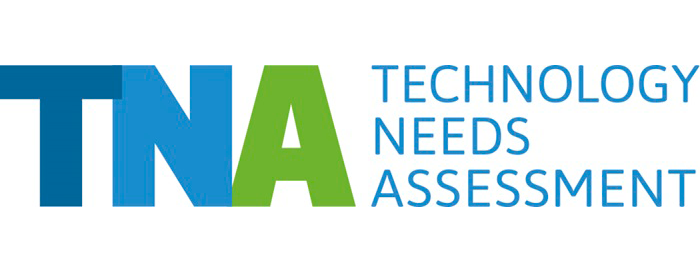To tackle recurring damage from extreme weather events, Pakistan’s TNA prioritizes climate monitoring, forecasting and early warning system technologies. To update and strengthen the current technical capacity of this type of technology, the TNA has outlined a project that aims to install two hundred automatic weather stations and five wind profilers, and automate fifty existing observatories.
Pakistan is located in South Asia and is the sixth most populous country in the world. To the east it borders India, to the west it borders Iran and Afghanistan, and its southern coastline faces the Arabian Sea. Pakistan’s economy is predominantly agrarian, the agriculture sector contributing 21% to GDP and employing 42% of the labour force. For Pakistan, it is a challenge to achieve its sustainable development goals without compromising on its socio-economic development needs. Climate change-induced impacts include recurrent droughts, flooding, heatwaves and flooding from glacial lake outbursts.
Pakistan completed its TNA in 2017. It is envisaged that its outcomes will pave the way for reductions in GHG emissions and that the Government of Pakistan will draw up a comprehensive National Climate Change Mitigation Technology Development Programme. This programme should support technology diffusion and help Pakistan meet its NDC targets.
In light of Pakistan’s arid and semi-arid geography, high-efficiency irrigation systems are highlighted as technologies that will help tackle the constant challenge of water shortages. In line with existing national policies, the TNA sets out the aim of installing drip and sprinkler irrigation systems on five million hectares during the next five years. A key barrier to achieving this is the presence of short-term, inconsistent and conflicting policies, as Pakistan does not have formal agriculture and water policies. The TNA has formulated actions aimed at developing long-term, national policy frameworks that would create a conducive environment for the diffusion of technology. To ensure this, a project has been outlined that is expected to install high-efficiency irrigation on 10,000 small farms in dryland areas, as well as building capacity by training 5,000 farmers and 180 government departmental staff in the different aspects and uses of the technology.
Pakistan’s TNA contributes to the following Sustainable Development Goals:







